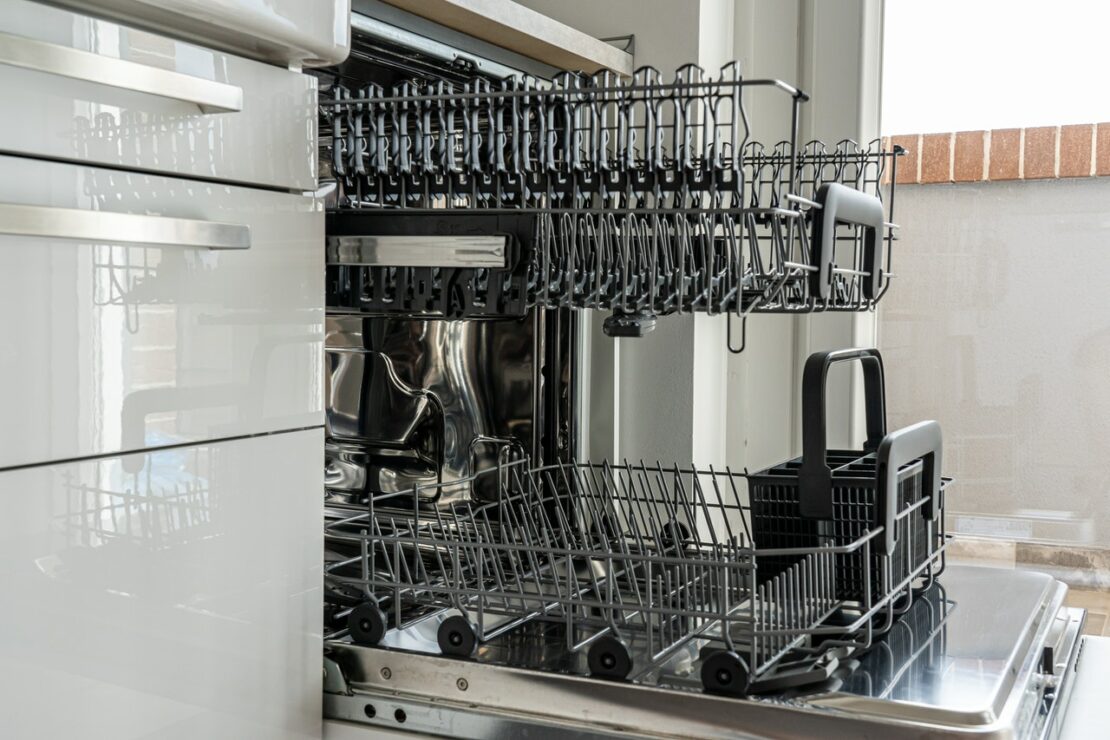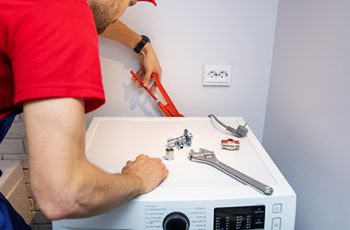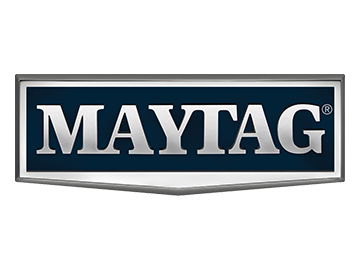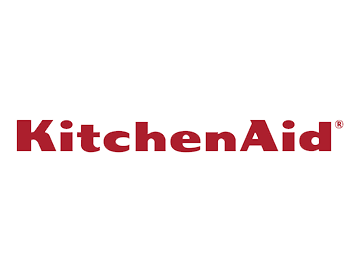Tips & Tricks For Using Your Dishwasher
Today, most people rely on the convenience of technology to go about their day, saving them time and money, or even taking things off their plate. A dishwasher is one such appliance that you should consider buying if you don’t already have one.
Look below for a list of facts, tips, and tricks about dishwashers to see how they can improve your life!
The Facts
There are misconceptions about the efficiency of using dishwashers. Some people think they would waste more water and money by using one. The truth is actually the opposite – if you are using your dishwasher properly. Newer models of dishwashers have been developed with high efficiency to conserve water, whereas the traditional method of handwashing dishes typically uses a considerable amount more.
Not to mention, the task of washing dishes can take up to an hour depending on how many people are in a household. This is especially prominent for events involving multiple prepared meals. Spending extra time on this household chore can wear your hands out and dry your skin. Using a dishwasher instead of handwashing will not only leave your skin healthier, it will save you time and energy to work on more important tasks.
Loading Your Dishwasher
Whether you already own a dishwasher, just purchased one, or are considering buying one, it’s always a good idea to be familiar with how your machine works. Taking a glance through the manual will usually inform you everything about the types of settings your washer has and the ideal places to load certain types of dishware.
Depending on the layout of your dishwasher there will be a slight variance to the ideal placement of dishes. For a standard two rack dishwasher, place the following items on the top rack:
- Bowls
- Cups & mugs
- Glasses
- Serving utensils
- Silverware
- Dishwasher-safe plastics
When placing the items facing inwards, toward the center, the washer will clean with higher efficiency because of its design. Stagger the heights of dishes as well to promote more water flow between them. For the bottom rack of your dishwasher, the larger and sturdier items go, such as:
- Dishwasher-safe cutting boards
- Plates
- Pots & pans
- Bake-ware
- Platters
- Eating utensils* (unless there is a dedicated top rack for them)
- Other large wares
When loading utensils, it is generally safest to place them handle up, especially with knives, but forks and spoons typically better clean when placed handle up. The dishwasher will get them clean however you place them but consider what works best for you. For pots, pans, bake-ware, and other larger items, placing them face-down will produce the best clean. Thin, flatware like cutting boards and platters, can be placed standing along the edges of the bottom rack.
Useful Tips & Tricks
To get the most out of using a dishwasher, try out using some of the following tricks and tips:
- Fill your dishwasher completely – Don’t run a half-full load; this will cost you more water (water amount is predetermine and energy, so always wait until you have enough for a full load before running a cycle.
- No need for pre-rinsing – Dishwashers have been honed to efficiently tackle tough residue, so save the time and water by skipping the rinse. Just make sure to clear off larger food debris.
- Pods are the way to go! – pods have been tried and tested for optimal results which leave fewer water spots and film compared to powder or liquid detergents.
- Skip the heated dry feature – If you often find yourself having to dry small pools of water that collect on top of items with concave bottoms, consider skipping the heated dry to save energy and open the dishwasher a crack to let them air-dry instead.
- Don’t have your washer and refrigerator beside one another – Dishwashers produce a lot of heat to clean and sanitize dishes which radiates outwards. If placed by your fridge, this heat may transfer to your fridge and cost more energy to keep your refrigerator goods cool.
- Check the spray arms regularly and the food trap after each cycle – Sometimes food debris can get caught in the spray arms and prevent the water from flowing, so check them periodically. Check the food trap after each cycle to dump and food debris caught inside.
- Prep with hot water – Turn on the kitchen sink and let the water run until hot, this way your washer will begin filling with hot water and take less time and energy to get it hot enough for a squeaky-clean cycle. 120°F is the optimal temperature across dishwasher settings.
What NOT To Put In Your Dishwasher
While most dishware can be safely cleaned by a dishwasher, there are also common items that you should still hand wash to preserve their integrity. The following items are what would be considered not dishwasher-safe due to their delicacy or material:
- Wooden Utensils
- Wooden Cutting & Cheese Boards
- Crystal-ware
- Gold-trimmed/General Chinaware
- Vases
- Brass & Copper
- Other valuable or delicate items
Surprise! These Items Can Be Dishwasher Cleaned
- toothbrushes and toothbrush holders
- Scrub pads and sponges (top rack)
- Pacifiers
- Small toys* (depending on material)
We hope you’ve found this blog helpful; share with friends and family as well who own or are planning to purchase a dishwasher to help them out.
If you’re looking to purchase a dishwasher, we offer high-quality appliances at unbeatable prices. Stop by our showroom in Providence, Rhode Island or shop our appliances online to browse our selection of dishwashers. We also carry other household necessities like ovens, washers and dryers, and refrigerators!
















